- PRODUCTS
- PLATFORM
- BioStar 2 Access Control
- BioStar Air Access ControlNEW
- BioStar 2 Time and Attendance
- Suprema Mobile Access
- HARDWARE
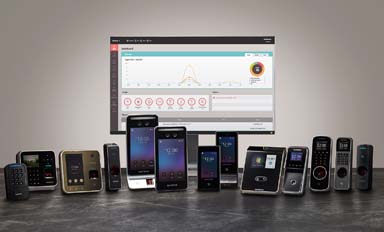
- Biometric Readers
- RF/ Mobile Readers
- Intelligent Controller
- Peripherals
- OEM Biometric Modules
- Wireless Door Locks
-
Discontinued Products
- 4 Door Kit
- FaceLite
- BioStation A2
BioMini Plus 2
- BioStation 2
- OMNIS
X-Station 2(XS2-QAPB, XS2-QDPB)
- BioStation L2
- SOLUTIONS
- SUPPORT
- ABOUT
- device_hubHUB
- Latest press releases from Suprema
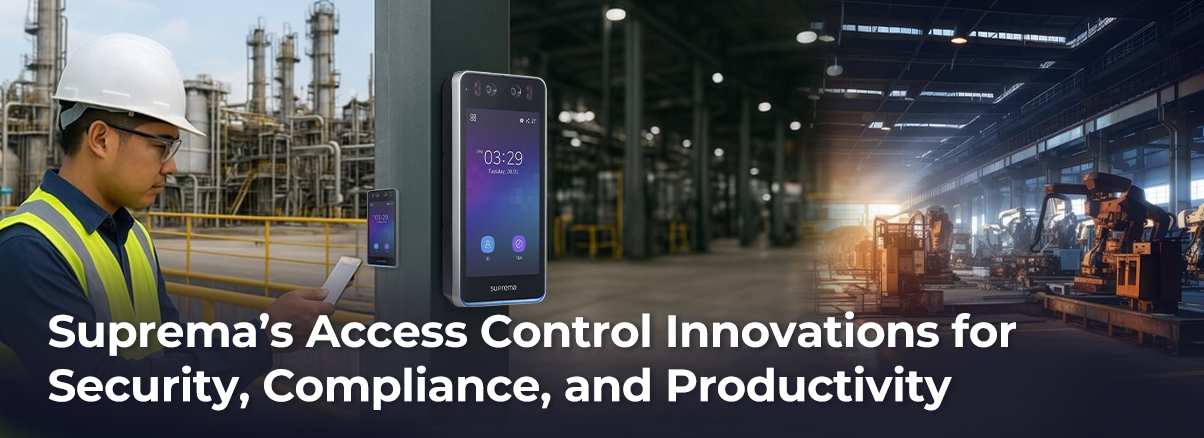
Industrial environments are facing more security threats, compliance demands, and workflow challenges than ever before. As manufacturing sites, plants, and factories evolve, only truly advanced access control systems can address the need for seamless protection, smarter operations, and regulatory peace of mind.
Suprema’s innovative AI security solutions lead the way in securing assets, optimizing efficiency, and meeting the strictest standards across industrial sectors.
Dive into below 3 articles from asmag.com in-depth to discover practical strategies, expert tips, and real-world examples that will help you protect what matters most and keep your business moving forward.
Access control for industrial sites: Why it’s essential for security and productivity
Source: https://www.asmag.com/showpost/35247.aspx
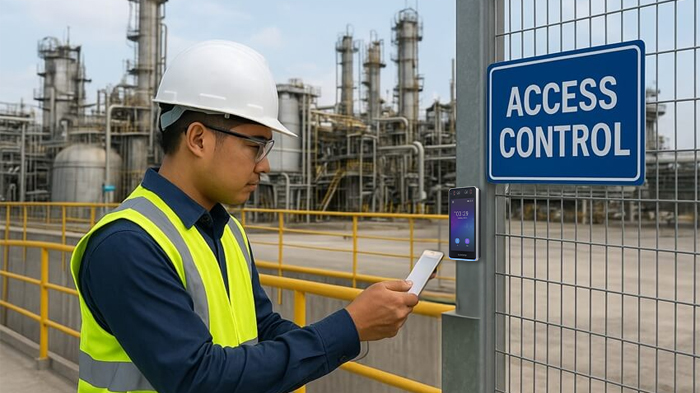
Industrial sites such as factories and manufacturing plants face a range of security and safety challenges. In this regard, access control can play an effective role. This article looks at how access control solutions can do a good job securing workers and assets at industrial sites.
Industrial sites are places where the production of goods and products takes place. Protection is therefore much needed, not just for the workers at the site but also for various assets that are key to production. These include:
- Equipment and machinery: These include production machinery such as CNC machines, presses, turbines and conveyor systems. Heavy equipment and automation systems such as forklifts, cranes and trucks are critical in industrial sites, too.
- Materials and inventory: These include raw materials such as metals, chemicals, fuels, wood and plastics. Partially assembled goods, finished goods and ready-for-shipment products are highly valuable, too.
- Technology and control systems: Industrial control systems such as SCADA and HMI panels, and IoT sensors such as pressure, flow, vibration and temperature sensors are all examples of technology and control systems that are key in industrial sites.
How access control can help
Securing the aforementioned assets and the people who operate them presents various challenges for industrial site administrators. Luckily, these challenges can be addressed with access control solutions.
Areas where access control can help
In particular, access control can benefit industrial sites on several fronts. These include the following:
- Security/occupational safety: As mentioned earlier, industrial sites are home to skilled workers and valuable assets. Access control plays a key role protecting them.
“Industrial facilities face escalating cyber and physical threats, with attacks on manufacturing increasing by 105 percent in recent years. Access control prevents unauthorized entry and protects critical zones. During emergencies, instant visibility into personnel locations can mean the difference between life and death,” said Hanchul Kim, CEO of Suprema, adding the company's AI-powered platform delivers predictive security intelligence that identifies threats before they materialize.
- Regulatory compliance: Industrial sites are subject to various compliance requirements, and access control solutions do a good job ensuring that industrial sites are compliance-ready.
“Industrial sites face strict regulations such as US’s OSHA (Occupational Safety and Health Administration) and Korea’s Serious Accident Punishment Act. Modern access control systems complied with GDPR, NIS2 and so on, provide audit-ready logs, and time-stamped entry/exit records, and credential management workflows for contractors and visitors, simplifying compliance reporting,” Kim said.
- Operational efficiency: Needless to say, industrial sites administrators place a high priority on operational efficiency, which can also be enhanced with access control solutions.
“Modern industrial operations demand precision timing and workforce optimization. Our integrated time and attendance functionality delivers ROI through accurate labor tracking, reducing payroll discrepancies while enabling real-time workforce analytics,” Kim said.
Use these top access control solutions to protect industrial sites
Source: https://www.asmag.com/showpost/35257.aspx
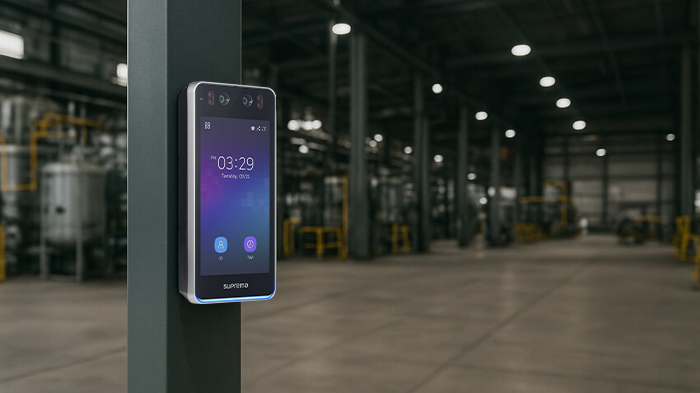
Access control is critical for industrial sites. From advanced readers to mobile credentials, access control solutions can do a good job securing people and assets at industrial sites. This article explores some of the access control solutions that are ideal for such sites.
As mentioned in a previous article, industrial sites are home to skilled workers as well as valuable assets, all of which must be well protected. In this regard, access control can play an effective role.
Access control solutions for industrial sites
Indeed, access control can be effective securing industrial sites. So what types of access control solutions should industrial site operators deploy? Below we take a closer look.
- Readers: Since most industrial sites are harsh environments, access control hardware such as readers should be robust and ruggedized to withstand various tough conditions.
“Our AI-powered facial authentication device BioEntry W3 … can withstand prolonged use and tough conditions without losing its integrity or functionality,” said Hanchul Kim, CEO of Suprema. “What sets Suprema apart is our 20-plus years of biometric expertise translates into hardware that performs flawlessly in temperatures from -20°C to +60°C, withstanding chemical exposure and electromagnetic interference common in industrial environments.”
- Credentials: Credentials for industrial sites can include cards and biometrics. More and more, even mobile credentials are used due to their benefits.
It should also be noted that combining these credentials to form multifactor authentication can be quite beneficial for industrial sites. “The future belongs to multi-modal authentication. While biometrics provide the highest security level, our platform supports the industry's broadest credential ecosystem – from traditional RFID to cutting-edge mobile credentials. This flexibility ensures seamless migration paths as organizations evolve their security posture,” Kim said.
- Biometrics: Should biometrics be used, touchless solutions are ideal.
“In environments where workers need to wear safety clothing such as gloves, masks, or helmets, touchless facial authentication is the most reliable option. Suprema’s AI-powered facial authentication solution, BioStation 3, delivers high performance across a wide range of faces, even when users are wearing masks, glasses and hats. This isn't just convenience it’s mission-critical functionality for industrial operations,” Kim said.
A word on cybersecurity
Industrial sites tend to use connected devices – access control solutions included – which can be vulnerable to cyberattacks. In fact, cyber threat to the manufacturing industry has grown rapidly – in 2019 manufacturers only experienced about 8 percent of all cyberattacks across the globe, and the number jumped to 25 percent 2023. Access control solutions that are cyber-secure therefore becomes more important than ever.
“Cybersecurity isn't optional – it’s business insurance. Suprema’s software and hardware devices are all designed and developed in compliance with ISO/IEC 27001, ISO/IEC 27701, and GDPR. Our end-to-end encryption, modular security architecture, and world-first CE RED cybersecurity certification demonstrate our commitment to protecting critical infrastructure,” Kim said.
4 tips on implementing access control successfully at industrial sites
Source: https://www.asmag.com/showpost/35262.aspx
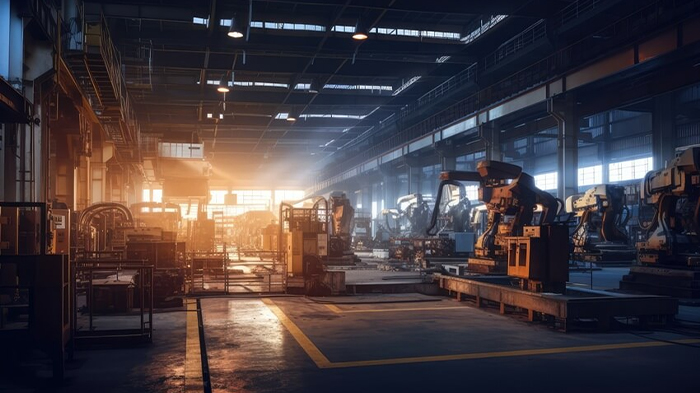
Access control is key to industrial site security. To get optimal results, proper implementation is essential. This article offers some tips on how to implement access control successfully at industrial sites.
Integration with other systems
Access control offers the best value when integrated with other security systems such as video surveillance, intrusion detection, fire and safety systems, and visitor management.
Hanchul Kim, CEO of Suprema, meanwhile gave specific examples of how access control at industrial sites can get a boost when integrated with the following:
- Video surveillance: When access events trigger video verification, AI analytics provide immediate threat assessment to operators. For example, when a door is forced or a credential is denied, the operator can immediately pull up the corresponding camera feed;
- Alarms and intrusion: Integration with alarm systems allows facilities to trigger automatic lockdowns when breaches or emergencies occur. If an intrusion alarm goes off, the system can immediately deny access to sensitive zones, lock down gates, or initiate mustering protocols;
- Visitor and contractor management: Industrial plants often rely heavily on contractors and temporary staff. By integrating visitor management, administrators can pre-register individuals, issue temporary credentials, and verify that safety training requirements have been met before granting access;
- Time and attendance: Beyond security, a unified platform provides business intelligence through integrated time and attendance. Real-time labor analytics enable predictive scheduling, compliance monitoring, and productivity optimization – transforming security infrastructure into a strategic business asset.
Cloud, meanwhile, can play a key role in such integration.
Comprehensive risk assessment
Risk assessment is essential when implementing access control at an industrial site because it ensures the system will address specific needs and requirements of the site.
Meanwhile, access control can be deployed in a cloud, on-premises or hybrid architecture. Choosing which one also depends on the site’s scenario.
Prioritize scalability and flexibility
Prioritizing scalability and flexibility is also critical.
Engage stakeholders across departments early
It is important to engage stakeholders across security, IT and operations early in the process.











